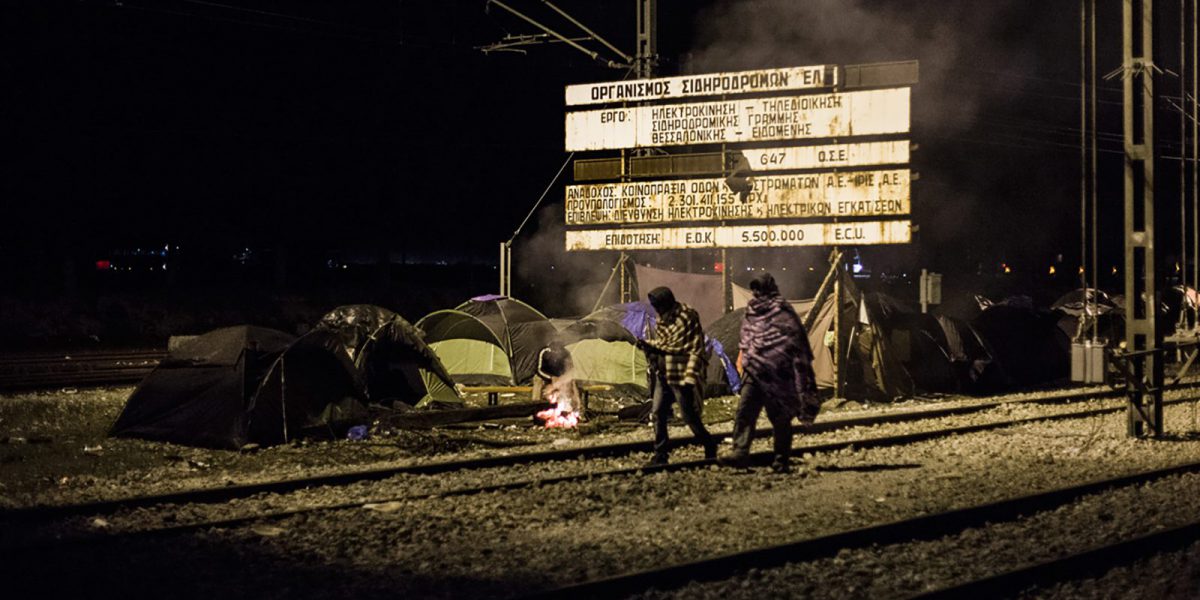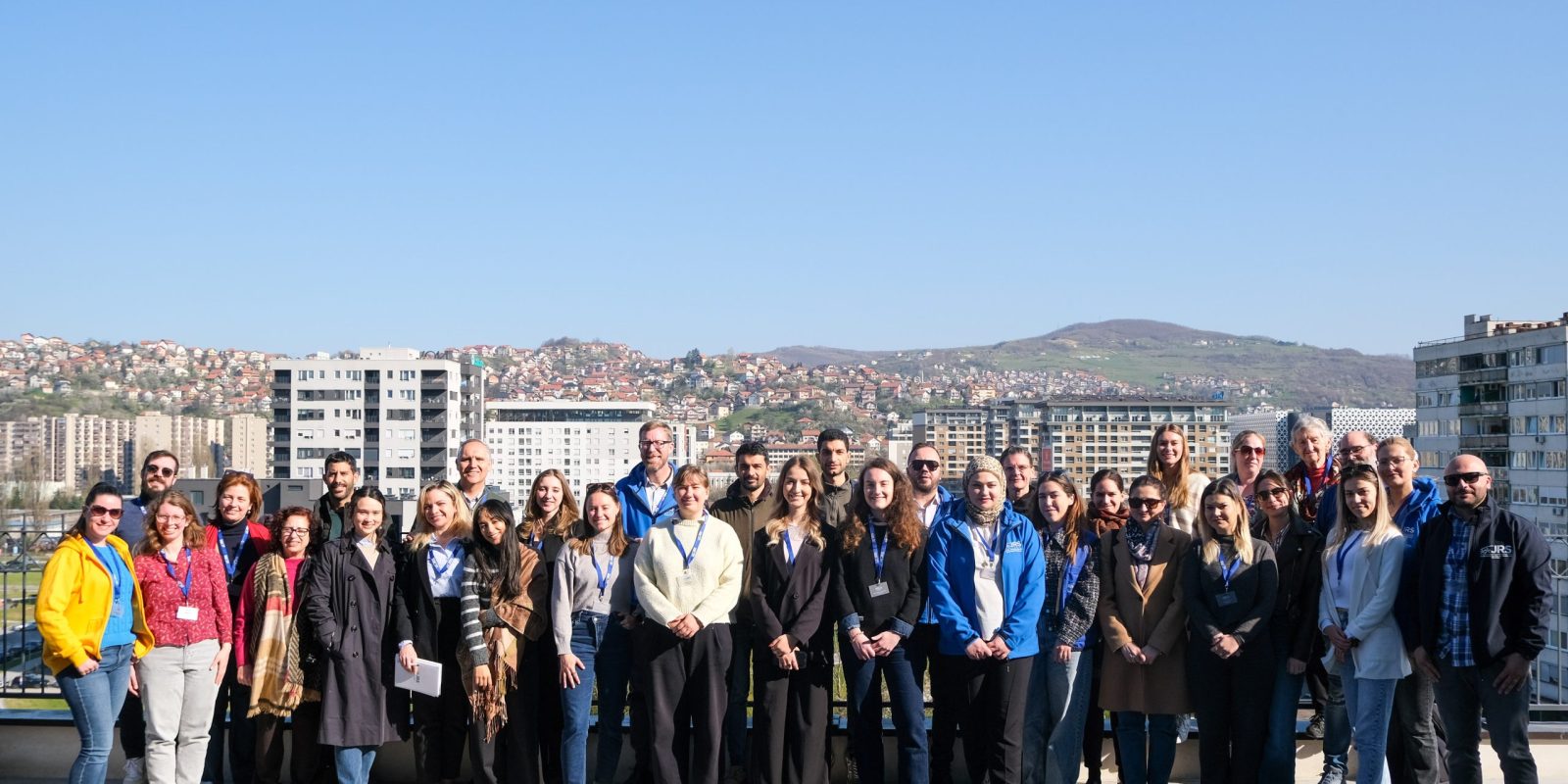New pact on asylum and migration: more (worrying) questions than answers
23 September 2020|JRS Europe

JRS Europe is worried about the European Commission’s “New Pact on Asylum and Migration” announced today in Brussels. Stopping and screening people at the EU external borders and on swiftly enforcing returns are central in the statements of both Vice-President Schinas and Commissioner for Home Affairs Johansson. “A thorough analysis of the proposed instruments will be needed for a comprehensive reaction” says Claudia Bonamini, JRS Europe’s policy and advocacy officer, “but at first sight it is hard to see how this Pact will enhance refugee protection or even reduce the pressure to manage arrivals for Member States at the EU external borders properly and humanely.”
Mandatory border procedures: hotspots 0.2?
People crossing EU external borders without the necessary document will be ‘pre-screened’ and then be ‘swiftly channeled’ towards the right procedure. Those considered to have low chances to obtain protection status can expect a quick procedure at the border, most likely a quick rejection of their asylum claims and the quick enforcement of the return decision.
There are many reasons why such plans are worrying. While it is in the interest of refugees that their claim is examined within a reasonable amount of time, experience shows that in asylum procedures haste most often makes mistakes. People who have a genuine need of protection but have a nationality for which the EU considers it unlikely, will need more rather than less time to prepare and prove their case. The consequences of quickly dismissing such asylum claims can be very far reaching and result in sending people back where their lives are in danger.
Screening and swift border procedures were also the rationale behind the so-called ‘hotspot approach’ proposed in 2016 that has often led to de facto detention of asylum seekers and to the current inhumane situation on the Greek islands. It is yet unclear how this new Pact would improve this situation.
‘Mandatory’ but yet ‘voluntary’ solidarity
The Commissioner was very clear in stating that Member State will have to show solidarity. Yet, no State will be obliged to relocate asylum seekers from the countries where they first arrive. Those who do not want to provide relocation will be able to show solidarity by ‘sponsoring returns’. This is supposedly an acknowledgement that by pre-screening people, the countries at the external borders will be left with the difficult task of enforcing most returns, next to having already to examine most applications.
The Dublin system that was used to determine which Member State was responsible for an asylum application has seemingly disappeared. However, Vice-president Schinas and Commissioner Johansson mentioned that there will be a hierarchy of criteria and that links with other Member States will be considered when channeling people into different procedures. Without a further reading of the texts it is yet unclear if such Member States will be obliged to take over such cases or whether this will be left to the voluntary relocation.
Overall, the general impression is that the workload for Member States at the external border will increase rather than being alleviated.
New Pact on Asylum and Migration: the next steps
The European Commission launched today the New Pact on Asylum and Migration: a communication accompanied by a package of nine instruments, covering issues such as how to screen people irregularly arriving at the EU external borders, a revision to the current common rules on asylum procedures and how to share responsibility for the management of asylum and migration policy among all the EU Member States.
The Pact is the result of a year of negotiations between the Commission and the EU Member States and is supposed to unblock the discussion on a reform of the Common European Asylum System that was started in 2016 and had stranded on the impossibility for Member States to find an agreement on how to redistribute asylum seekers among themselves to reduce the pressure faced by those countries at the external borders.
The legislative proposals presented today will now have to follow the regular procedures and be negotiated within the European Parliament and the Council of the EU.

